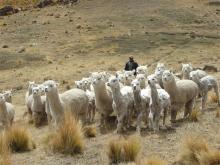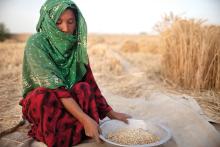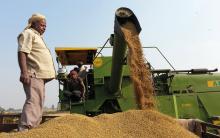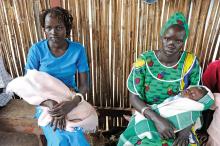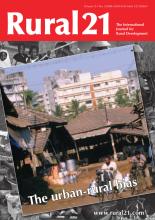/ library resources
Showing items 1 through 8 of 8.Formal land titles are rare in pastoral communities around the world. In the past, this presented hardly any problems, since pastoral land was seen as of little use by most outsiders.
Livestock are kept for a wide range of purposes in Africa, and there is considerable diversity in animal husbandry. Among the most important advantages in keeping animals is their contribution to maintaining and even improving soil fertility.
The former Soviet Central Asian republics have undergone de-intensification of their livestock sectors, resulting in an increased reliance on natural pastures. Property rights systems are key to the sustainable management of this resource.
Pastoralism – the predominant form of livestock keeping in the Horn of Africa – has always been a source of disputes and tensions in the region.
The growing global demand for animal products also offers poor livestock keepers the opportunity to switch from the subsistence to the market economy.
Rangelands cover 30 per cent of the global land surface. They support a considerable share of the global ruminant value chains, are habitat for a high plant and animal diversity and have various ecological, economic and social functions.
The Horn of Africa is one of the most conflict-prone areas of the world. It is also home to about 20 million pastoralists, which keep moving with their livestock in search for grazing land and water points. Pastoral conflicts are becoming more and more serious.
There is growing degradation in sylvo-pastoral lands that were originally under common property regimes, but over which the state now asserts ownership.
Land Library Search
Through our robust search engine, you can search for any item of the over 73,000 highly curated resources in the Land Library.
If you would like to find an overview of what is possible, feel free to peruse the Search Guide.

